We are team of technical nerds, Hire Us for your next project
AI in Autonomous Flying
- Home
- Industries
- AI in Autonomous Flying
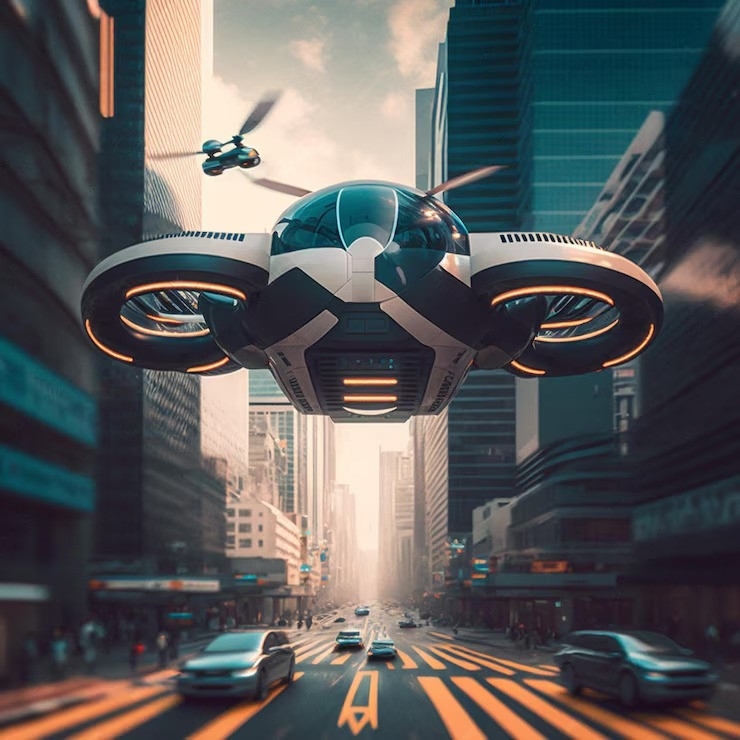
//INDUSTRIES
AI IN AUTONOMOUS FLYING
Annotation in autonomous flying, particularly in the context of unmanned aerial vehicles (UAVs) or drones, involves labeling and categorizing data to enable these vehicles to navigate, perceive their surroundings, and perform tasks autonomously. annotation plays a crucial role in enabling drones and other autonomous flying systems to perceive their environment, navigate safely, and perform various tasks autonomously
ANNOTATION FOR DEPLOYING AI IN AUTONOMOUS FLYING
Obstacle Detection and Avoidance
Annotation involves labeling obstacles such as buildings, trees, power lines, and other structures in aerial images or LiDAR data. This enables drones to detect and avoid obstacles during flight, ensuring safe navigation in complex environments.
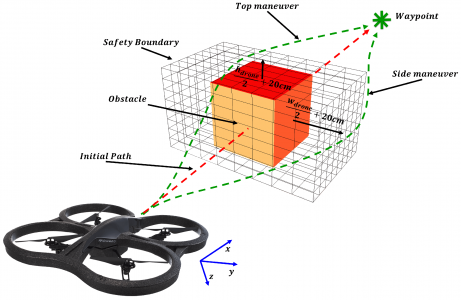
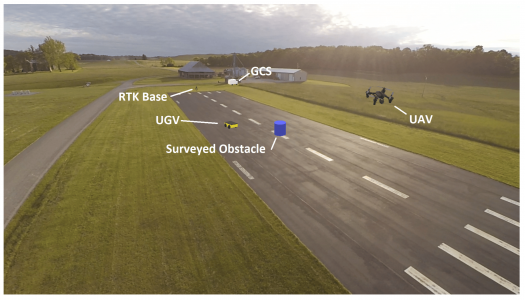
Terrain Mapping
Annotation is used to label terrain features such as hills, valleys, water bodies, and roads in aerial imagery or elevation maps. This information helps drones create accurate 3D maps of the terrain, enabling efficient route planning and navigation.
Object Tracking
Annotation involves labeling moving objects such as vehicles, pedestrians, animals, or other drones in aerial videos or sensor data. This enables drones to track objects of interest, monitor their movements, and perform tasks such as surveillance, search and rescue, or wildlife monitoring
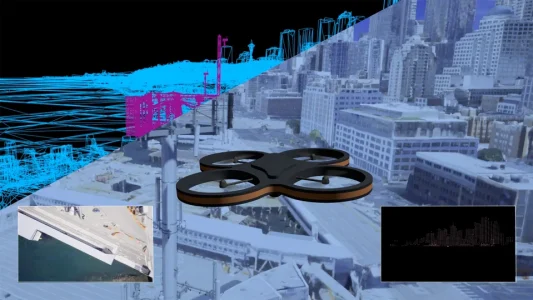
Geospatial Mapping and Surveying
Annotation is used to label ground control points, reference markers, and other features in aerial images or LiDAR data. This enables drones to create precise geospatial maps, measure distances, and perform surveying tasks with high accuracy.
// Drop us a line! We are here to answer your queries
Let's Discuss Your Artificial Intelligence (AI) Project
//Industries
INDUSTRIES WE SERVE
RETAIL
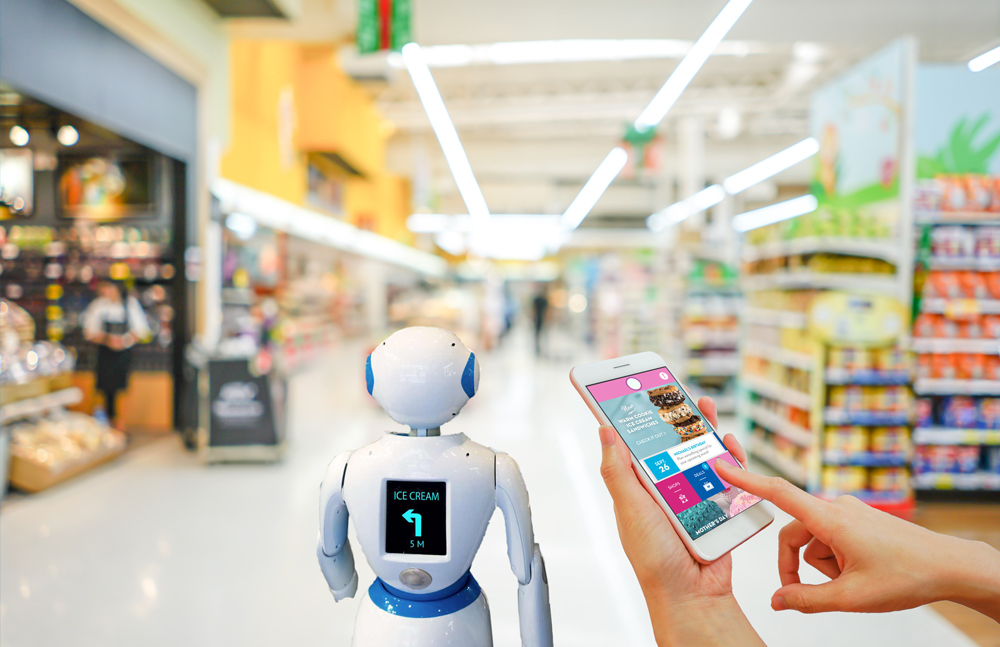 Assisting the retail and e-commerce sectors by providing training data to optimize their in-store operations through the implementation of artificial intelligence (AI).
Assisting the retail and e-commerce sectors by providing training data to optimize their in-store operations through the implementation of artificial intelligence (AI).ROBOTICS
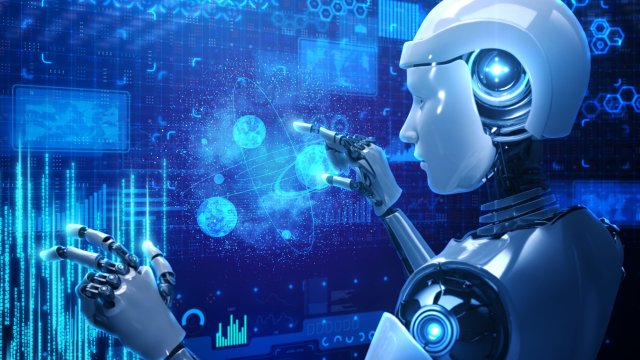 3D object detection finds extensive application in robotics, particularly to prevent collisions with dynamic entities such as humans, animals, and other objects.
3D object detection finds extensive application in robotics, particularly to prevent collisions with dynamic entities such as humans, animals, and other objects.AGRICULTURE
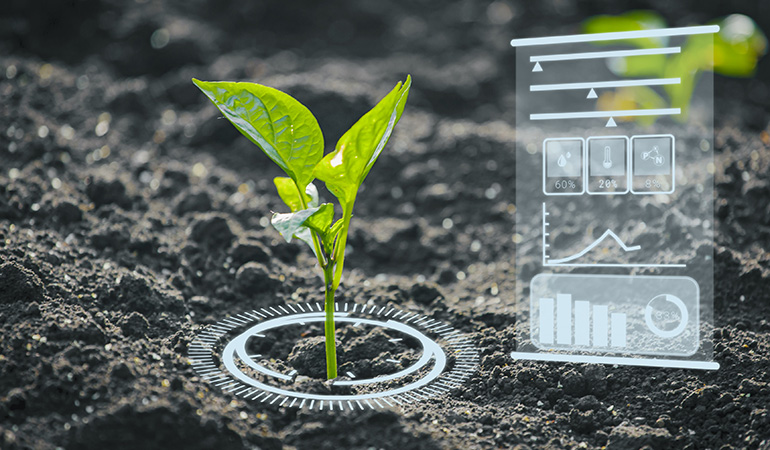 Supporting agriculture through computer vision training data involves facilitating the identification of product defects, sorting produce, managing livestock, assessing soil quality, implementing fertilizer applications, and fine-tuning genetic conditions.
Supporting agriculture through computer vision training data involves facilitating the identification of product defects, sorting produce, managing livestock, assessing soil quality, implementing fertilizer applications, and fine-tuning genetic conditions.INSURANCE
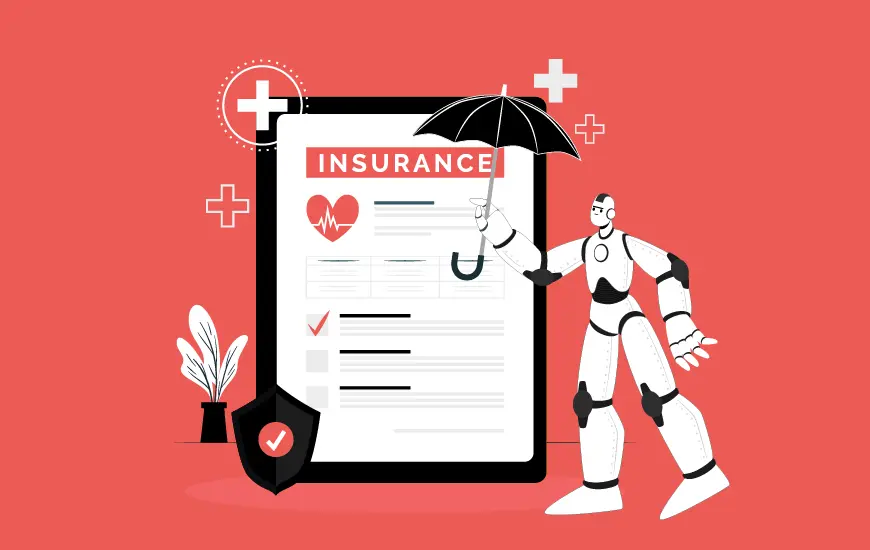 Preparing training data to integrate AI into insurance procedures for tasks such as risk assessment, fraud detection, underwriting and minimizing human error.
Preparing training data to integrate AI into insurance procedures for tasks such as risk assessment, fraud detection, underwriting and minimizing human error.HEALTHCARE
 Incorporating annotations and accurate labeling within AI systems is crucial for uncovering connections within genetic codesand enhancing efficiency in healthcare processes.
Incorporating annotations and accurate labeling within AI systems is crucial for uncovering connections within genetic codesand enhancing efficiency in healthcare processes.SECURITY & SURVEILLANCE
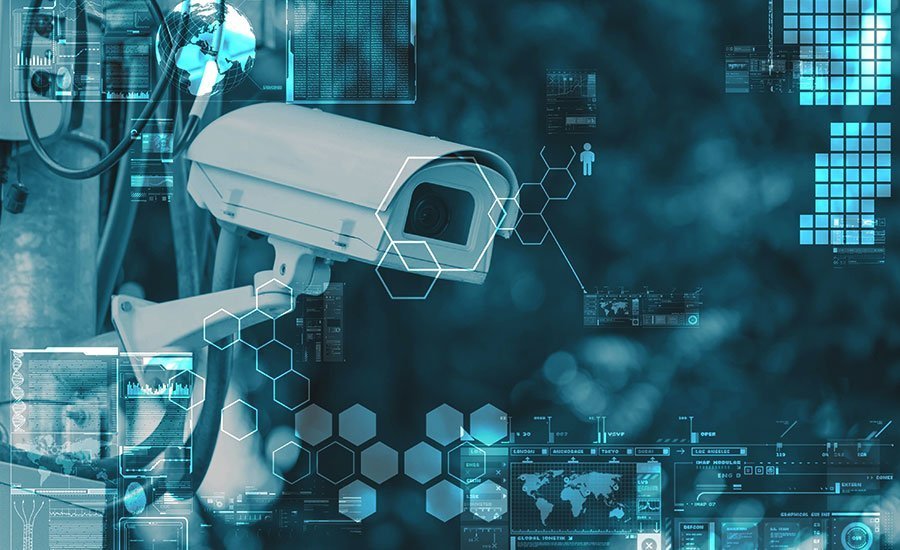 Facilitating the integration of AI into cameras and sensors enables the detection of potential risks at workplaces, airports, and industrial sites. This involves incorporating computer vision technology into security and surveillance systems.
Facilitating the integration of AI into cameras and sensors enables the detection of potential risks at workplaces, airports, and industrial sites. This involves incorporating computer vision technology into security and surveillance systems.SELF-DRIVING
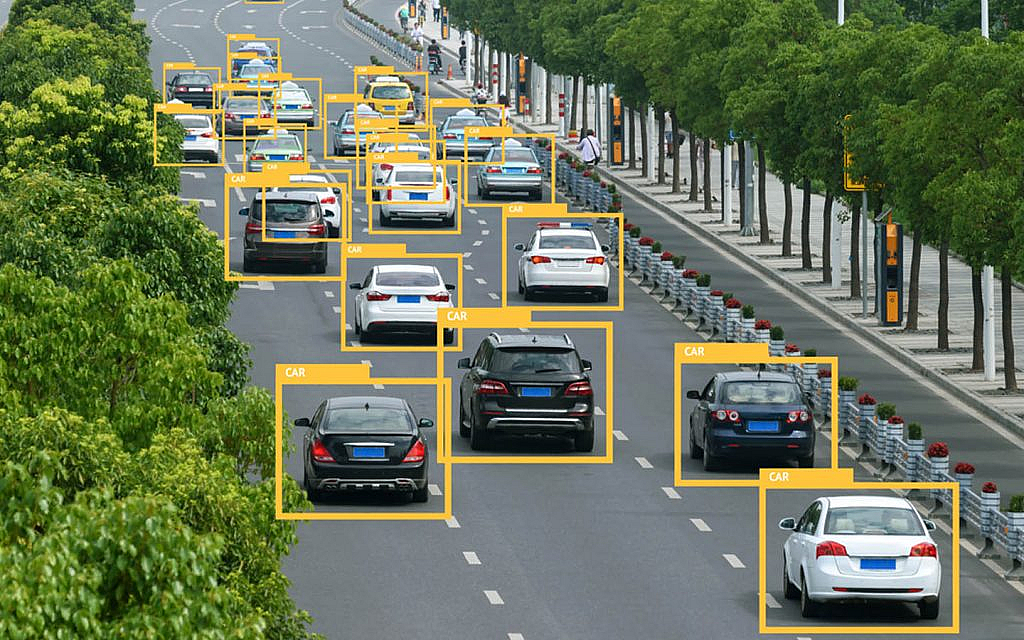 Bounding boxes serve to annotate the surroundings of a vehicle, aiding in the detection of various objects including pedestrians, vehicles, traffic signs, and barriers.
Bounding boxes serve to annotate the surroundings of a vehicle, aiding in the detection of various objects including pedestrians, vehicles, traffic signs, and barriers.LOGISTICS
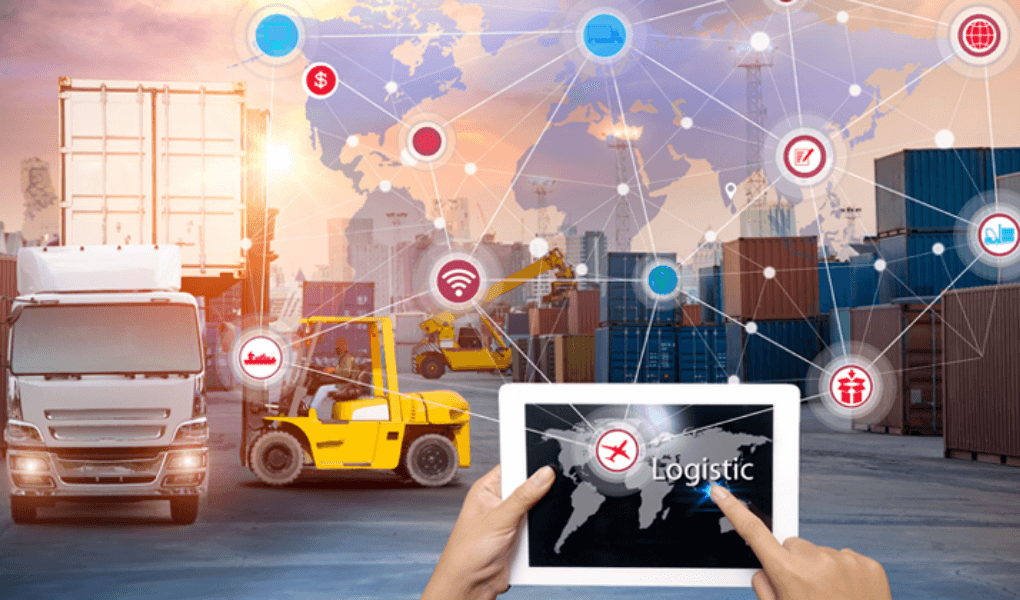 Logistics represents one of the growing areas of artificial intelligence application. We specialize in annotating images of goods to generate high-quality training data utilized in logistics.
Logistics represents one of the growing areas of artificial intelligence application. We specialize in annotating images of goods to generate high-quality training data utilized in logistics.AUTONOMOUS FLYING
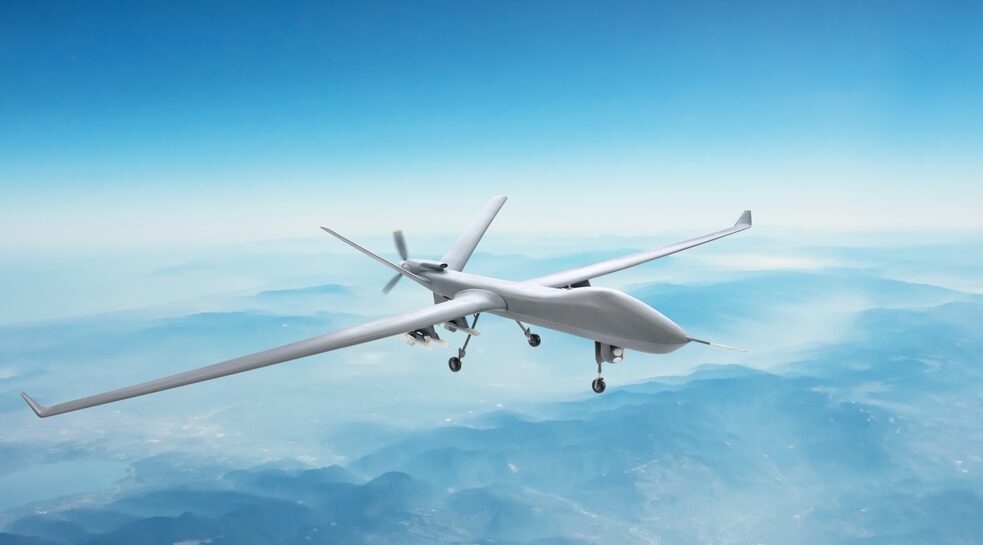 Simplifying and broadening access to AI implementations for automated or assisted flight can be achieved by leveraging image annotation conducted at the backend using training data specifically tailored for autonomous flying.
Simplifying and broadening access to AI implementations for automated or assisted flight can be achieved by leveraging image annotation conducted at the backend using training data specifically tailored for autonomous flying.






